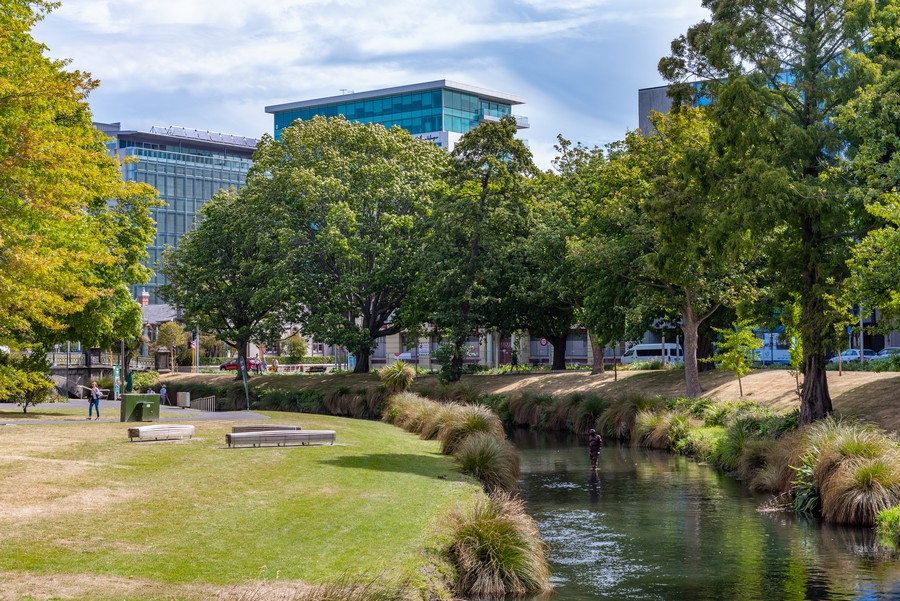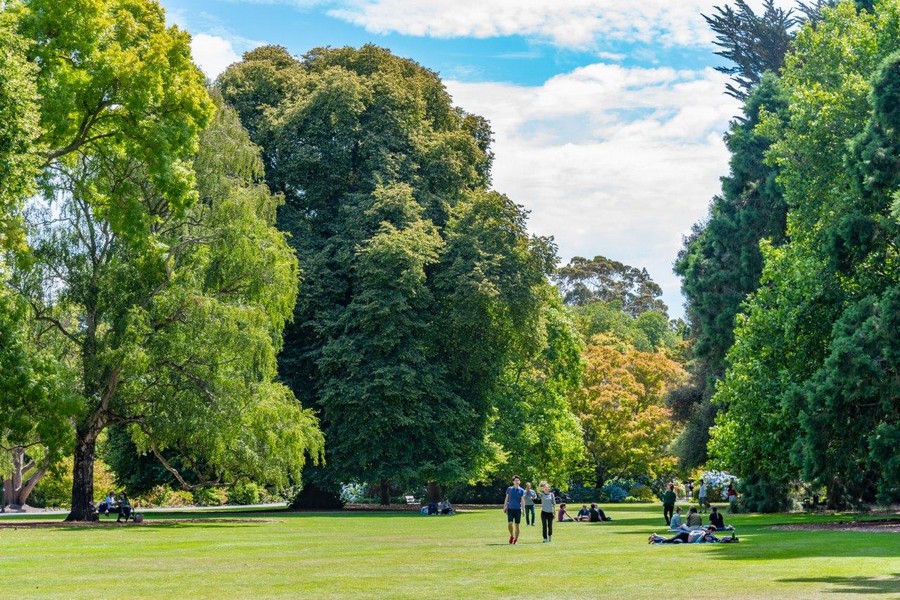Research set to drive urban greening revolution in Aotearoa
For immediate release
8 February 2024
Scion, Manaaki Whenua – Landcare Research, the University of Canterbury, and Christchurch City Council are joining forces to host Urban Forest Futures New Zealand: Te aka tāngaengae – Pūtaringamotu, a first of its kind, two-day symposium.
This event will see researchers, mana whenua, urban planners and foresters, council and government officials come together in Ōtautahi Christchurch in April to discuss how best to address the challenges in establishing and maintaining green spaces across Aotearoa.

Discussion will focus on highlighting the importance of urban forests in mitigating the effects of climate change, enhancing city living, improving environmental health and safeguarding biodiversity. This event is proudly sponsored by Orbica Limited.
Limited registrations for the symposium, held on April 10-11, are now open. Organisers are hoping to attract experts from a range of groups to ensure that all voices are heard and to brainstorm the challenges and opportunities relating to urban forest greening.
“Urban forests will not only help mitigate the effects of climate change but are also a key element in creating equitable, healthy and vibrant cities,” says Dr Thomas Carlin, an ecologist with Scion in Christchurch.
“Aotearoa has a wealth of knowledge and experts working in this area, and a valuable resource in Mātauranga Māori as well. We need to bring all our resources together to identify and solve the biggest issues slowing urban forest research and drive some new initiatives.”
Investment in urban forests across New Zealand is highly variable. Some areas, such as Christchurch, are leading the way in initiatives to promote afforestation, provide valuable areas for threatened species, and ensure that our cities can be clean, green, and environmentally sustainable. Carlin says some other parts of Aotearoa are still grappling with these issues, resulting in some social inequality in access to green spaces. This often affects the most vulnerable groups of people, including Māori and Pasifika communities. Researchers acknowledge a need to address these disparities and cultivate more equitable urban green spaces.
“In some ways, Aotearoa is lagging behind the rest of the world in terms of its adoption of green and blue infrastructure,” says Carlin. “We want to ensure this becomes a priority as cities continue to expand to accommodate a growing population in the face of a looming climate crisis.”
He adds that the traditional “clean, green Kiwi outlook”, combined with kaitiakitanga values linked to the environment expressed by Māori communities, are strong indicators of support for urban greening.
“We just need to give it an extra push to become a research and policy priority.”

In the face of extreme weather events linked to climate change, cities are particularly vulnerable to flooding. Green and blue infrastructure, encompassing trees and waterways, act as carbon sinks and reduce the urban heat island effect during heatwaves. Trees can also provide windbreaks and suck up water during storms, while waterways provide outlets to help prevent flooding.
Urban Forest Futures New Zealand will be hosted at the University of Canterbury. The first day will feature conference-style talks from invited speakers and cover a range of topics, including the current state of urban forests in New Zealand and around the world. The benefits of urban forests to human health, ecosystems, conservation and the economy will also be explored. Mana whenua, councils, urban planners, civil engineers and landscape architects will share their perspectives as well. The second day will feature field trips around iconic Christchurch urban forest sites, highlighting culturally significant rongoā as well as areas of ecological success.
Dr Justin Morgenroth, an associate professor of urban forestry at the University of Canterbury, will cover the current state of urban forests in New Zealand.
He says prioritising urban forest research is crucial, not only to protect biodiversity but also to ensure the wellbeing of our communities.
“With further research and support from government, urban planners and iwi, we have an opportunity to create sustainable, resilient, and inclusive urban environments that benefit both people and the planet.”
ENDS
